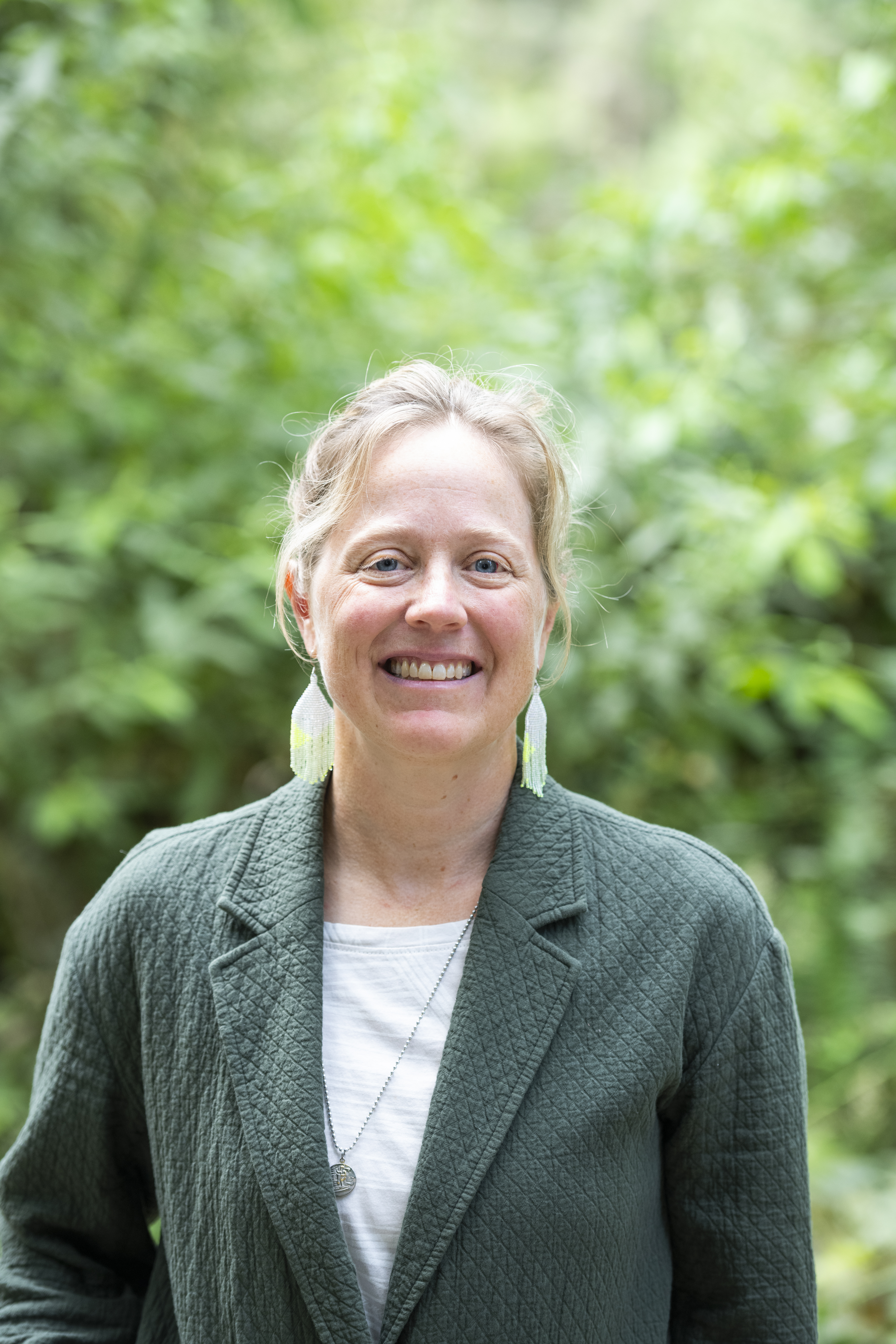Stretching 840 miles, California has the third longest coastline of any state in the U.S. Scientists project that California’s coast could face sea-level rise (SLR) of up to 1 foot by 2050 and 3.5 feet by 2100. Humboldt Bay or Wigi (the Wiyot name for the bay) in Northern California in particular has been experiencing a relative sea-level rise that is faster than anywhere else in the state, if not on the entire West Coast. The North Coast region – roughly defined as the coastal areas of the Mendocino, Humboldt and Del Norte counties – is rural and remote, as well as poorer and with less access to resources, than the more urban Southern and Central California coast. The region also has a strong Native American presence; over a dozen tribal nations have members whose ancestral territory includes parts of the North Coast coastline.
The North Coast region, and especially the Humboldt Bay area, need resources, support and guidance to help study and address the SLR challenges that threaten assets that are economically, socially and culturally important. Recent assessments of the impacts of sea-level rise to Humboldt Bay specifically show that sea-level rise has the potential to affect thousands of residents, to damage buildings and infrastructure collectively worth more than $2 billion, to inundate important cultural and gathering sites for the Wiyot Tribe, as well as impact crucial pieces of the transportation and utility infrastructure, such as the 101 Highway and nuclear waste from the now defunct PG&E nuclear power plant on Humboldt Bay.
Threats from severe floods could start as early as 20 years from now; some areas are already getting flooded during king tides. SLR is also projected to profoundly affect ecological systems in the Humboldt Bay area by shifting the composition of coastal wetlands that are important for migratory birds and by potentially leaching toxins into Humboldt Bay from hazardous sites.
Led by Dr. Laurie Richmond, co-founder and co-chair of the academic-tribal-community partnership “Cal Poly Humboldt Sea Level Rise Institute,” the project aims to:
(1) facilitate networking, knowledge exchange, and collaborative research and planning related to SLR and coastal resilience in the Humboldt region;
(2) provide education and outreach related to coastal resilience and SLR to a variety of audiences in the California North Coast region including students, government, affected communities and members of the general public;
(3) engage with California North Coast Tribes to support their leadership on coastal resilience activities; and
(4) engage with networks outside the California North Coast region on coastal resilience topics.
 Laurie Richmond
Laurie Richmond
 Shauna Oh
Shauna Oh